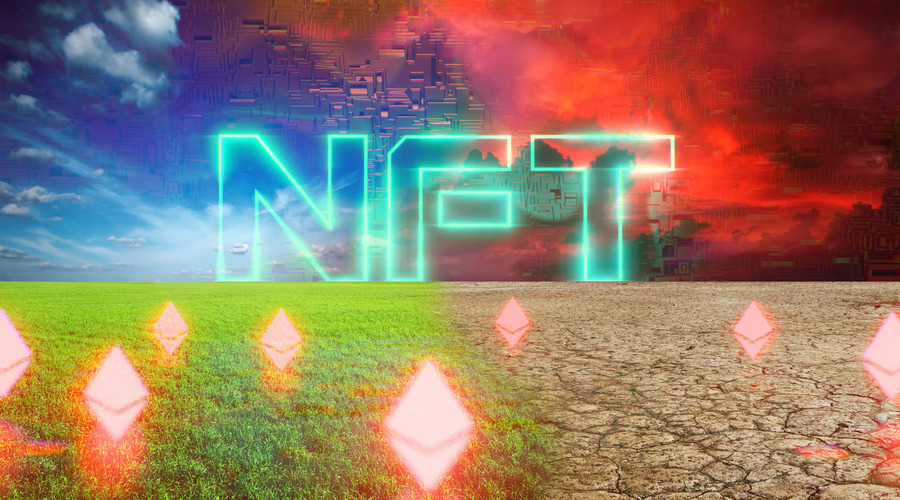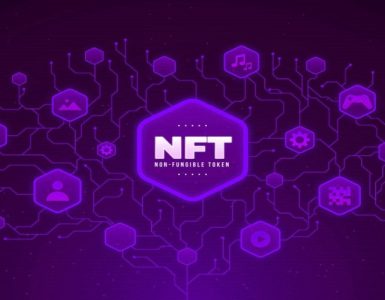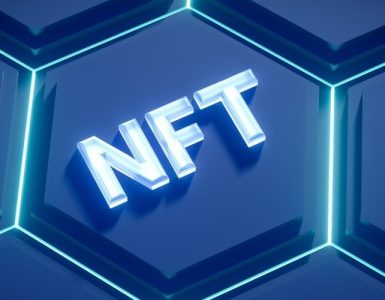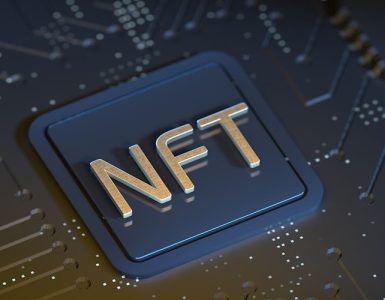Non-Fungible Tokens (NFTs) have emerged as a new way of creating, buying, and selling digital art. However, the environmental impact of NFTs has been a topic of concern, particularly in light of the growing focus on sustainability and eco-friendliness. In this article, we will explore the potential for NFTs to support environmental sustainability and eco-friendly digital art.
Introduction
In this section, we will provide an overview of NFTs and environmental sustainability, and how they are related. We will also discuss the potential benefits of using NFTs to support environmental sustainability.
What are NFTs?
NFTs, or Non-Fungible Tokens, are unique digital assets that use blockchain technology to verify ownership and authenticity. NFTs can represent anything from artwork to virtual real estate, providing a secure and transparent way to buy, sell, and trade digital assets.
What is Environmental Sustainability?
Environmental sustainability refers to the responsible use of natural resources to meet current needs without compromising the ability of future generations to meet their own needs. Environmental sustainability involves reducing the impact of human activities on the environment and promoting eco-friendly practices.
NFTs and Environmental Sustainability: Potential Benefits
NFTs, or non-fungible tokens, have been gaining significant attention in the world of digital art and collectibles. However, concerns have been raised about their impact on the environment, particularly due to the high energy consumption required for their creation and transactions.
Despite these concerns, there are potential benefits to the use of NFTs in terms of environmental sustainability. First, the creation and sale of NFTs can provide a new revenue stream for artists and creators, which can in turn support environmentally conscious initiatives. Additionally, NFTs can enable more efficient and secure tracking of ownership and provenance of art and collectibles, reducing the need for physical documentation and potential waste associated with these materials.
The use of blockchain technology, which underpins NFTs, has the potential to support sustainable practices in other industries. For example, blockchain can be used to track and verify the sustainability of supply chains, allowing consumers to make more informed purchasing decisions.
However, it is important to note that the energy consumption associated with NFTs and blockchain technology is a legitimate concern that should be addressed. Some solutions to reduce the environmental impact of NFTs and blockchain technology include the use of renewable energy sources for mining and transactions, as well as the implementation of more efficient algorithms.
In addition, it is important for individuals and organizations involved in the creation and trade of NFTs to consider the environmental impact of their actions and take steps to minimize their carbon footprint. This can include offsetting their energy use through the purchase of carbon credits or supporting environmental initiatives.
Eco-Friendly Digital Art
In this section, we will explore the potential for NFTs to support the creation of eco-friendly digital art. We will discuss how NFTs can be used to create digital art that is sustainable, environmentally friendly, and socially responsible.
Sustainable Materials
NFTs can be used to create digital art that is sustainable and environmentally friendly. For example, artists can use renewable energy sources, such as solar or wind power, to create their digital art. Artists can also use recycled or sustainably sourced materials, such as paper or wood, to create their digital art.
Reduced Carbon Footprint
NFTs can also help to reduce the carbon footprint of traditional art production and distribution. Traditional art production and distribution can be energy-intensive and can involve the use of non-renewable resources. NFTs can reduce the need for physical production and distribution, thus reducing the carbon footprint of the art industry.
Social Responsibility
NFTs can also promote social responsibility in the art industry. Artists can use NFTs to support social causes and promote eco-friendly practices. For example, an artist can create an NFT that represents a donation to a sustainable development organization, or an NFT that represents a pledge to reduce their carbon footprint.
Challenges and Limitations
While the potential for NFTs to support environmental sustainability is significant, there are also challenges and limitations to consider. In this section, we will discuss some of the challenges and limitations of using NFTs to support environmental sustainability.
Energy Consumption
One of the main challenges of using NFTs to support environmental sustainability is energy consumption. The processing and storage requirements for blockchain technology can be energy-intensive, and the use of non-renewable energy sources can increase the carbon footprint of NFTs.
Accessibility and Inclusivity
Another challenge to consider is accessibility and inclusivity. The use of blockchain technology and NFTs can be complex and may not be accessible or inclusive for all artists and audiences. It is important to consider the potential impact on marginalized communities and work towards creating a more inclusive and sustainable digital ecosystem.
Case Studies: NFTs and Environmental Sustainability
In this section, we will examine some case studies of NFTs and environmental sustainability in action.
Art Blocks
Art Blocks is a platform that enables the creation and sale of generative art using blockchain technology and NFTs. The platform uses renewable energy sources and offsets carbon emissions through a partnership with Climate Care, promoting sustainable and environmentally friendly practices in the art industry.
Green NFTs
Green NFTs is a platform that focuses on promoting eco-friendly NFTs and supporting environmental causes. The platform uses renewable energy sources and offsets carbon emissions, and a portion of the proceeds from NFT sales goes towards supporting environmental causes.
Terra0
Terra0 is a project that explores the potential for NFTs to support sustainable forestry practices. The project uses blockchain technology and NFTs to create a decentralized forest management system that promotes sustainable and responsible forestry practices.
Conclusion
In conclusion, the potential for NFTs to support environmental sustainability and eco-friendly digital art is significant. However, there are challenges and limitations to consider, such as energy consumption and accessibility. By promoting transparency, collaboration, and education, and exploring future directions such as decentralized energy, the circular economy, and social impact, we can create a more sustainable and inclusive digital ecosystem for the art industry.





